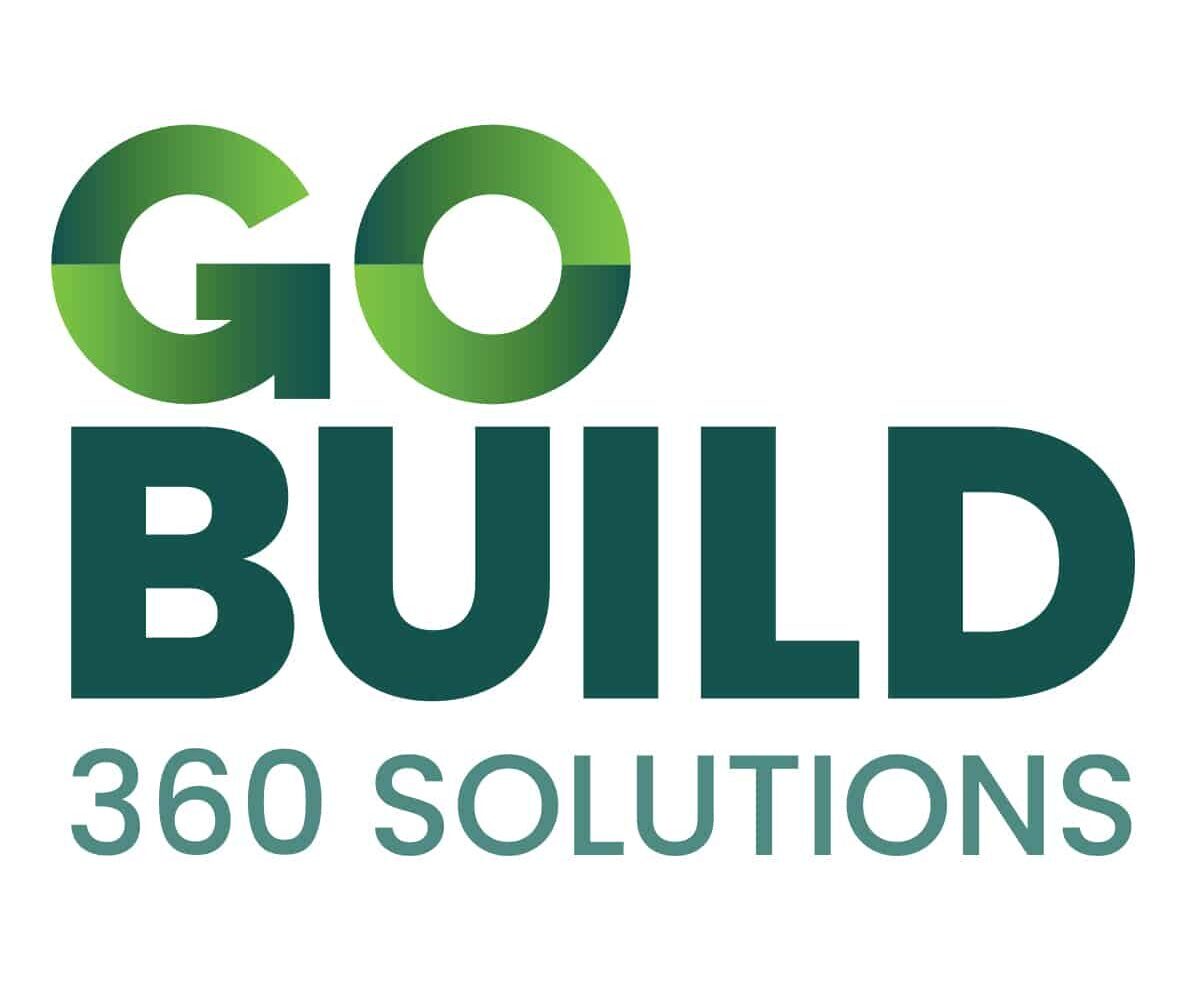First up, What Is Composable E-Commerce?

- Real-time inventory display
- Instant quotes
- Account and document management
- Customer order management
- Inventory management
- Payment processing
- Customer service
- Marketing automation
What is MACH Architecture in E-Commerce?
Microservices
Think of microservices architecture as having a team of specialists. Each specialist has a specific job and does it really well.
In an e-commerce setting, you might have:
→ One specialist who's really good at keeping track of inventory,
→ Another who's an expert at verifying user identities, and
→ Another who's a whiz at processing payments.
Each of these specialists works independently. They don't need to know the ins and outs of what the others are doing. They just focus on their own job. But they can also communicate and work together when they need to, like passing a baton in a relay race.
This setup allows each specialist to work on their own schedule and pace. If one specialist needs to learn a new skill or upgrade their tools, they can do so without disrupting the others. This means the team can adapt and grow more easily as the business needs change.
In other words, a microservices architecture is like having a team of specialists who can work both independently and together, making your e-commerce operation more flexible and efficient.
API-first
APIs, or Application Programming Interfaces, are like waiters in a restaurant. They take your order (a request for some data or action), go to the kitchen (the system where the data lives or the action takes place), and bring back what you asked for (the data or the result of the action).
In an API-first approach, these APIs are treated like VIPs. They're a crucial part of the design process from the very beginning.
This approach is like designing a restaurant to provide the best possible service to the customers. Everything from the kitchen layout to the menu is designed with the customer's needs in mind.
Because of this, APIs designed in an API-first approach can easily take orders from and deliver to a wide range of customers, no matter where they're seated (i.e., they can work with different applications across various platforms).
This makes it easy for different parts of a system (or even different systems) to talk to each other and work together, just like a well-coordinated team of waiters in a restaurant.
Cloud-native
Cloud-native refers to applications that are built and hosted in the cloud. These applications are designed to take full advantage of cloud computing frameworks, which offer benefits like scalability, resilience, and flexibility.
This of it like this: Instead of constructing a house on a fixed piece of land (like a traditional computer server), you're building it on a cloud that can move and change shape (like the internet).
This cloud-native house can grow bigger when you have more guests (scalability), it can stay afloat even if part of it gets damaged (resilience), and it can change its layout to suit your needs (flexibility).
In the world of e-commerce, having a cloud-native application means your online store can serve more customers when it gets busy, stay up and running even if there's a problem, and adapt quickly as your business grows and changes.
Cloud-native systems are having a super adaptable, always available, and ever-expanding online store.
Headless
A headless architecture separates the front-end and back-end of an application. This allows developers to make changes to one end without affecting the other, providing a lot of flexibility in terms of user experience.
When applied to e-commerce, MACH architecture allows businesses to build highly flexible and scalable e-commerce platforms.
MACH systems can easily integrate with other systems, scale as the business grows, and provide a seamless, consistent user experience across multiple channels and touchpoints.
This aligns perfectly with the principles of composable commerce, making MACH a popular choice for businesses looking to build a custom e-commerce platform.
How Do Modern E-Commerce Architectures Work Together?
interconnected
Monolithic Architecture


decoupled
Headless Architecture
flexible & scalable
MACH Architecture


custom combinations
Composable E-Commerce Architecture
Case Studies: Composable E-Commerce Systems For The Win

Deckers , the company behind brands like UGG, HOKA, and Teva, is a big deal in the footwear industry. But when they needed an e-commerce makeover, they chose the cloud-based Composable E-Commerce route with Demandware from Salesforce.
Deckers combined best-of-breed solutions into one powerhouse platform to align with their complex business requirements and diverse brand portfolio. The result? Deckers now have a super flexible, scalable e-commerce platform ready to evolve with their business needs. And with online sales growth of over 80%, we think they made the right choice. Don’t you?

Let's talk about Adobe.
These guys aren't just Photoshop whizzes—they're also big players in the Composable Commerce scene. They built their Magento Commerce platform with the composable ethos at heart.
Businesses get to mix and match components like they're curating a killer playlist, creating an e-commerce jam that's perfectly in tune with their needs. With Adobe's Magento, the power's in your hands, and the beat goes on.
Australian fast fashion brand Princess Polly took the Headless E-commerce route when they decided to tap into the lucrative US market.
They adopted a headless solution on BigCommerce to handle their back-end, while the front-end was designed on a React framework. With this setup, they created a speedy, mobile-first shopping experience that quickly made waves in the competitive US fashion scene.

Now, let's turn up the amp on Fender. These guitar gods didn't just stop at crafting sweet axes—they also riffed a killer solo in the world of Headless E-commerce.
Fender used this approach to build a platform that's as custom and engaging as a face-melting guitar solo. By breaking up the front and back-end, they brought in tech that turned their user experience up to eleven. So now, whether you're browsing for a Strat or a Tele, Fender's online experience hits all the right notes.

How Are E-Commerce Solutions Being Used to Sell Construction Materials?
One example is the likes of BuildDirect, a heavyweight in the online construction material world. They've leveraged e-commerce to offer a vast range of flooring products like vinyl flooring, wood flooring, laminate, decking and even carpet tiles.
Their digital platform simplifies the process, giving customers detailed product information, prices, and even delivery options at the click of a button. They're proof that selling construction materials online isn't just possible—it's profitable.
Then you have Fastenal, who has embraced B2B e-commerce to sell industrial and construction supplies. They're all about convenience and efficiency, with an online catalog that lets businesses order what they need without the run-around.
And don’t forget about GoBuild360 (wink, wink), the composable e-commerce software geared specifically for the construction materials industry. It’s all about offering a tailored e-commerce solution that meets the unique needs of construction businesses.
Let’s slide into the e-commerce success stories of two heavy hitters in the construction industry: Cashbuild and AfriSam.
Put on your hardhat and lace up your work boots, because these guys are setting the pace and getting the job done right.

One example is the likes of Cashbuild, a giant in the building material retail world, decided to take a leap into the e-commerce pool—and boy, did they make a splash. By adopting a GoBuild360-powered solution, they didn't just step up their game—they changed the rules. Their sales? Tripled. That's right.
Cashbuild’s new online store turned their revenue dials up to 11. Proving that even in the gritty world of construction material retail, e-commerce is king. For industry leaders like Cashbuild, it's all about offering their busy customers a simplified, efficient, and, let's be honest, ridiculously convenient way to shop for their building material needs.
With GoBuild360 as their digital sidekick, Cashbuild's taking the construction industry by storm, one online sale at a time.
When it comes to producing cement and ready-mix concrete, AfriSam is no small player. As one of the top 100 cement producers in the world, AfriSam has a massive network of suppliers and customers including builder’s merchants, ready-mix suppliers, contractors, and builders.
By leveraging a GoBuild360-powered solution, AfriSam is expanding its market share and strengthening its network. It's about more than just selling products—it's about creating a digital ecosystem that connects suppliers, streamlines processes, and drives growth.
With GoBuild360 at its back, AfriSam is proving that even in an industry as traditional as cement production, e-commerce can mix things up in a big way.


